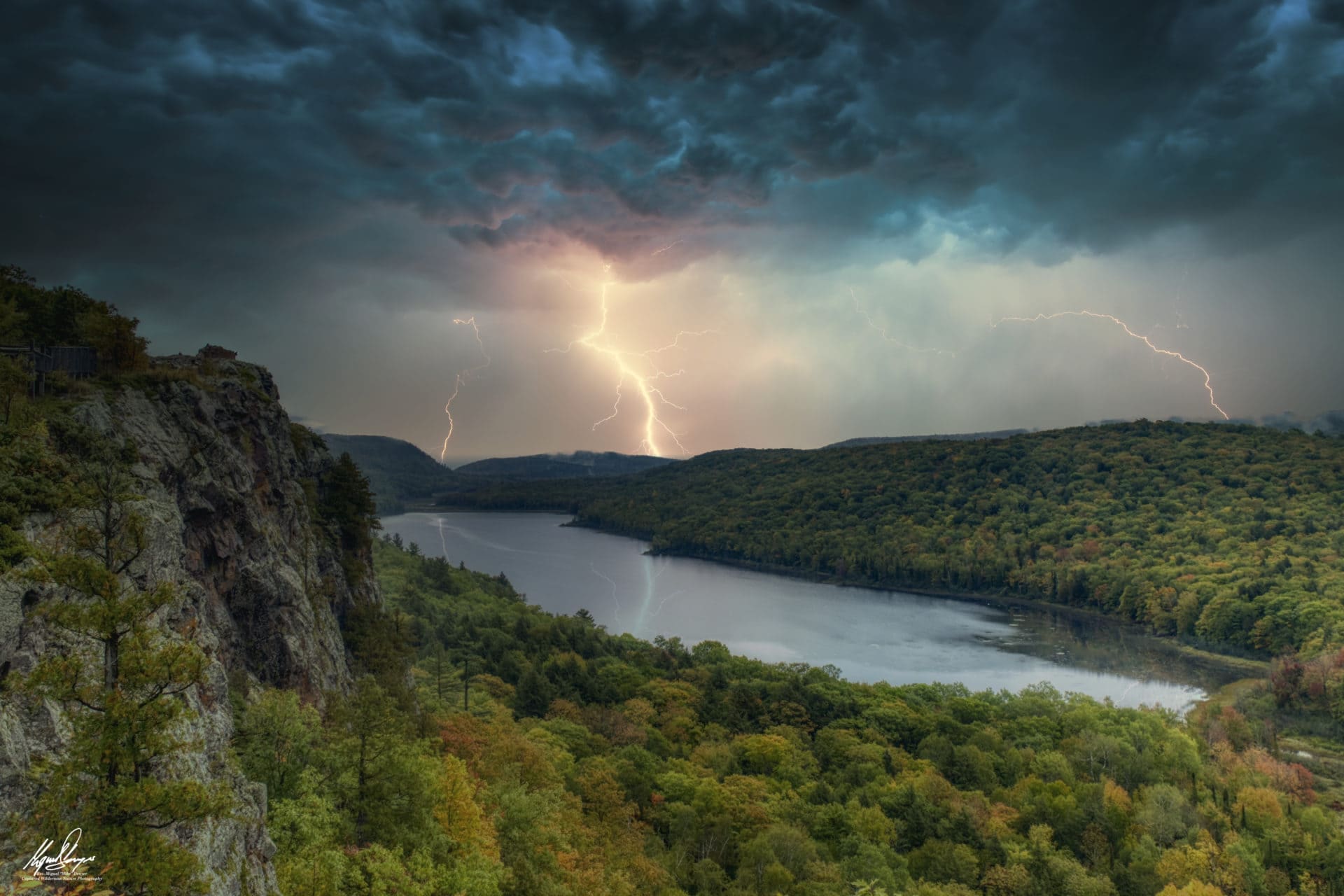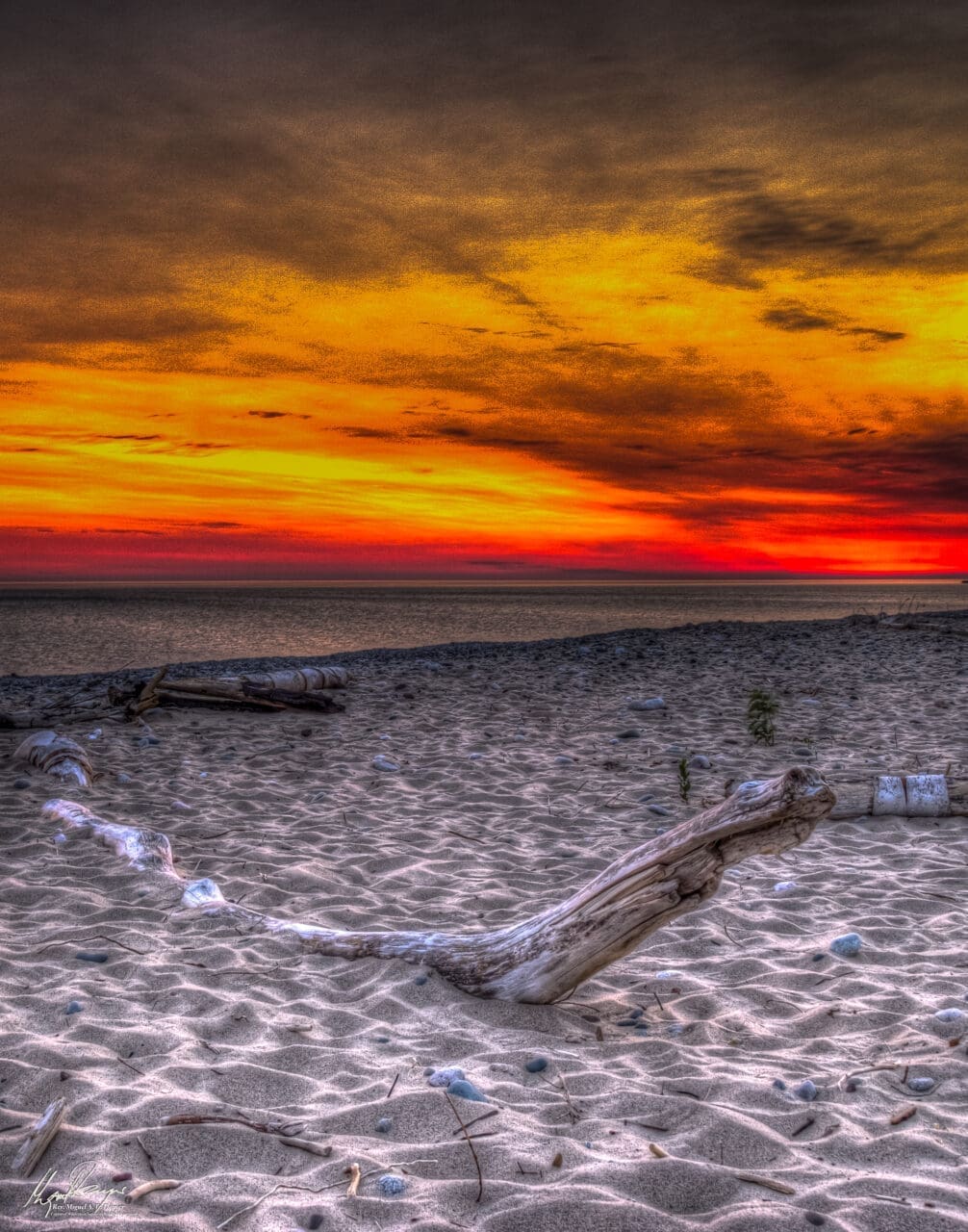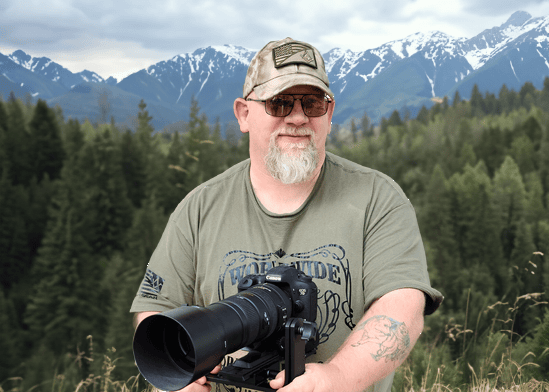Embarking on a Landscape Photography Workshop: Essential Gear and Key Concepts
Participating in a landscape photography workshop is an exciting opportunity to capture the beauty of nature while honing your photographic skills. To make the most of this experience, having the right equipment is essential. A reliable DSLR or mirrorless camera with manual settings is crucial, allowing you to have full control over your shots. Pair this with a sturdy tripod to ensure stability during long exposures, especially in low light conditions. A selection of lenses, particularly wide-angle lenses, is important for capturing expansive vistas and detailed foregrounds. Additionally, carrying a polarizing filter can enhance colors and reduce reflections, while a neutral density filter helps manage exposure during bright conditions.

Understanding the principles of landscape photography will significantly improve your results. Composition is key, and the rule of thirds and the Golden Mean are fundamental guidelines to create balanced and visually appealing images. Leading lines, such as rivers, roads, or fences, draw the viewer’s eye into the scene, while incorporating foreground elements adds depth and interest. Timing is also critical; the golden hours—shortly after sunrise and before sunset—provide soft, warm light that enhances textures and colors. Patience is essential, as the best shots often come from waiting for the perfect light and weather conditions.
Preparation is a critical component of a successful landscape photography workshop. Research your location in advance to understand the best times to shoot and the most photogenic spots. Checking the weather forecast is essential, as weather conditions greatly influence the quality of light and the overall atmosphere of your images. Pack appropriately for the terrain and climate, including waterproof gear and sturdy hiking boots if you’ll be venturing into rugged areas. A map, compass, or GPS device can help you navigate unfamiliar locations and ensure you don’t miss key vantage points.

Safety considerations are paramount when venturing into nature for photography. Always inform someone of your plans and expected return time, especially if you’re heading to remote or isolated areas. Bring plenty of water, snacks, and a first aid kit to stay hydrated and prepared for minor injuries. Dress in layers to accommodate changing weather conditions and pack extra batteries and memory cards to avoid running out of power or storage during your shoot. It’s also wise to carry a flashlight or headlamp if you plan to shoot at dawn or dusk, ensuring you can safely navigate in low light.
By equipping yourself with the right gear, understanding key concepts, and taking necessary preparations and safety precautions, you can fully enjoy and benefit from a landscape photography workshop. The combination of technical skills, artistic vision, and practical readiness allows you to capture stunning images that reflect the beauty and majesty of the natural world. Whether you’re a beginner or an experienced photographer, these workshops offer invaluable opportunities to learn, explore, create, and be inspired.


